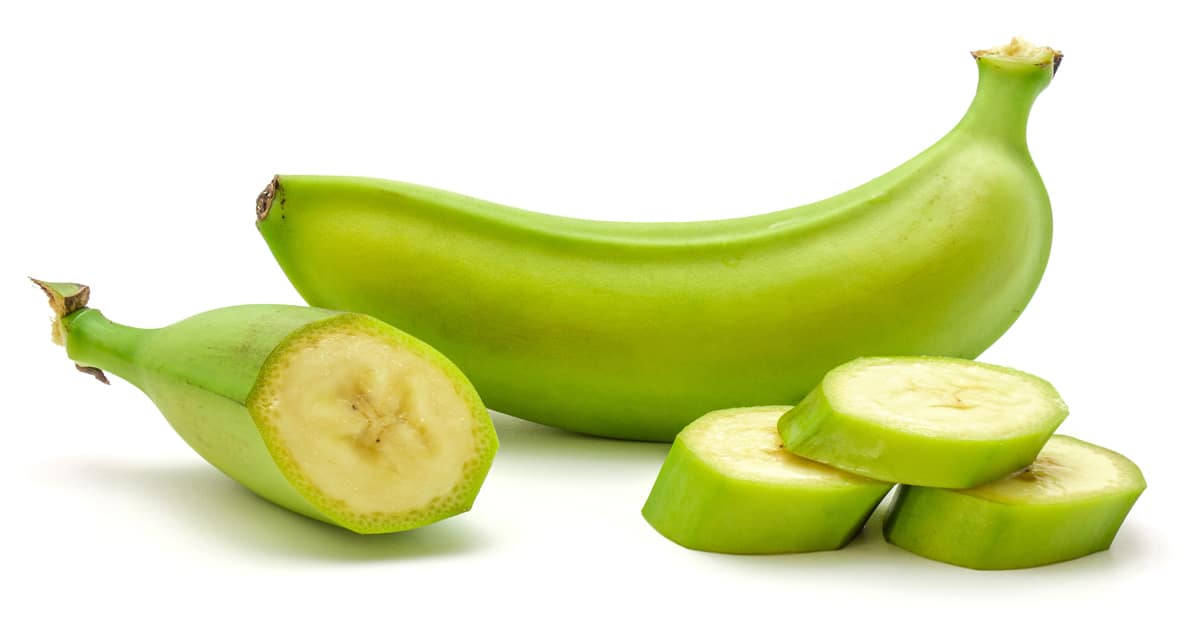Exosomes have been receiving a lot of attention lately and have been referred to as a “a new frontier in regenerative medicine.” In the horse world, there’s high interest about their potential to treat various conditions, such as suspensory ligament injuries, osteoarthritis and reproductive support.
But what exactly are exosomes, how much is known about them, are they safe to use, and what is their potential for healing a wide range of equine disease and lameness?
What are exosomes?
Exosomes (Latin for outside body) are derived from stem cells and help to facilitate communication between cells. While stem cells are special because they can become any type of cell, scientists have recently learned that they can also make a type which can be released outside the cell into bodily fluids. Exosomes may also be referred to as extracellular vesicles – the medical term for tiny bubbles that are released from stem cells.
Exosomes can hold substances that wouldn’t normally be tolerated in the bloodstream or other bodily fluids. One recent study, which summarized the applications of exosomes in clinical trials, noted that “the main clinical application of exosomes are using them as a biomarker, cell-free therapeutic agents, drug delivery carriers, basic analysis for exosome kinetics, and cancer vaccine.”
There are two types of cells used for sourcing exosomes: Mesenchymal stem cells (MSCs) and denritic cells (DCs). “MSCs-derived exosomes are commonly used for inflammation treatment and drug delivery, while DCs-exosomes are used to induce inflammation response in cancer patients,” the study explains.
Exosomes can be naturally harvested or engineered in a lab and in humans are used for everything from decreasing inflammation to increasing the thickness of your hair to reducing wrinkles and fine lines. Exosomes are not yet on the market in Canada or being used in medical practice – they’re still being explored in research and clinical trials.
To date, clinical trials have mostly been looking at exosomes as a diagnostic tool, although there have been a couple of pre-clinical trials with potential medical benefits, such as exosomes from cultured cells that seemed to help with wound healing and exosomes that were engineered to contain a specific protein and may have reduced symptoms of aging in worms.
While the rapidly-growing field of exosomes may seem poised to offer treatments for many different diseases, our understanding of exosomes is far from complete. There is an increasing body of research on how exosomes might be applied in equine health, including potential applications across osteoarthritis, suspensory ligament injuries, endometritis, and more.
Exosomes and osteoarthritis
A 2023 study examined the use of MSC-derived exosomes as a therapy for osteoarthritis in horses. Osteoarthritis is a cartilage degenerative disease and a leading cause of equine lameness. Although many horses can live comfortably with osteoarthritis, it can be career-ending for others, and may also impact their well-being. Osteoarthritis can happen due to aging, but it’s been known to affect horses of any age, and has also been associated with athletic injury.
The study’s findings mostly looked at different methods for priming and purifying exosomes that were naturally derived from equine bone marrow, and the impact these different methods had on the therapeutic value of MSC-exos for equine osteoarthritis treatment. It found that “among the new therapeutic strategies for OA, using mesenchymal stromal cell (MSC)-derived exosomes (MSC-exos) appears to be a promising option to conveying MSC therapeutic potential, yet avoiding the limitations inherent to cell therapy” such as raw material availability, procedural and manufacturing challenges and costs.
Exosomes and suspensory injury healing
Exosomes are receiving perhaps the most attention at the moment for their potential to help healing of suspensory ligament injuries. A 2015 study (focused on humans, not horses) suggested that MSC-derived exosomes promoted muscle regeneration by enhancing myogenesis (the formation of skeletal muscular tissue) and angiogenesis (the formation of new blood vessels). A 2016 study also looked at how MSC-derived exosomes work to repair cartilage.
This 2019 study examined whether microvesials (which are similar, but not the same as exosomes) from mesenchymal stem cells could be used to treatment suspensory ligament injuries in horses, and found that they could be used as an effective alternative for stem cell-based therapies. Research into the potential of exosomes for this application is still ongoing.
Exosomes and endometritis
There is a small body of evidence so far that supports the use of regenerative therapies, like stem cells and platelet-rich plasma, to restore the endometrial lining. A 2023 study used exosomes derived from bone marrow mesenchymal stem cells to treat chronic endometritis (inflammation of the uterus lining) in Arabian mares. The study found that among mares who received two intrauterine administrations of exosomes, it restored normal endometrial appearance and resulted in an elevated conception rate in infertile mares.
Exosomes and equine pregnancy
Funding has also been directed to researchers at the University of Saskatchewan’s Western College of Veterinary Medicine to look at exosomes and equine pregnancy. Exosomes are key regulators of physiologic, pathologic and immunologic processes in pregnancy, yet no one to date has investigated their role in horses. This research team will be the first to examine and compare the specific protein and lipid content of exosomes from the endometrium and embryo in mares.
Regenerative medicine continues to be an exciting emerging field, and new avenues now being explored for equine health applications can improve the prognosis for otherwise career-ending injuries, ease joint discomfort for aging equines, and result in better conception rates for breeders.
The Latest









